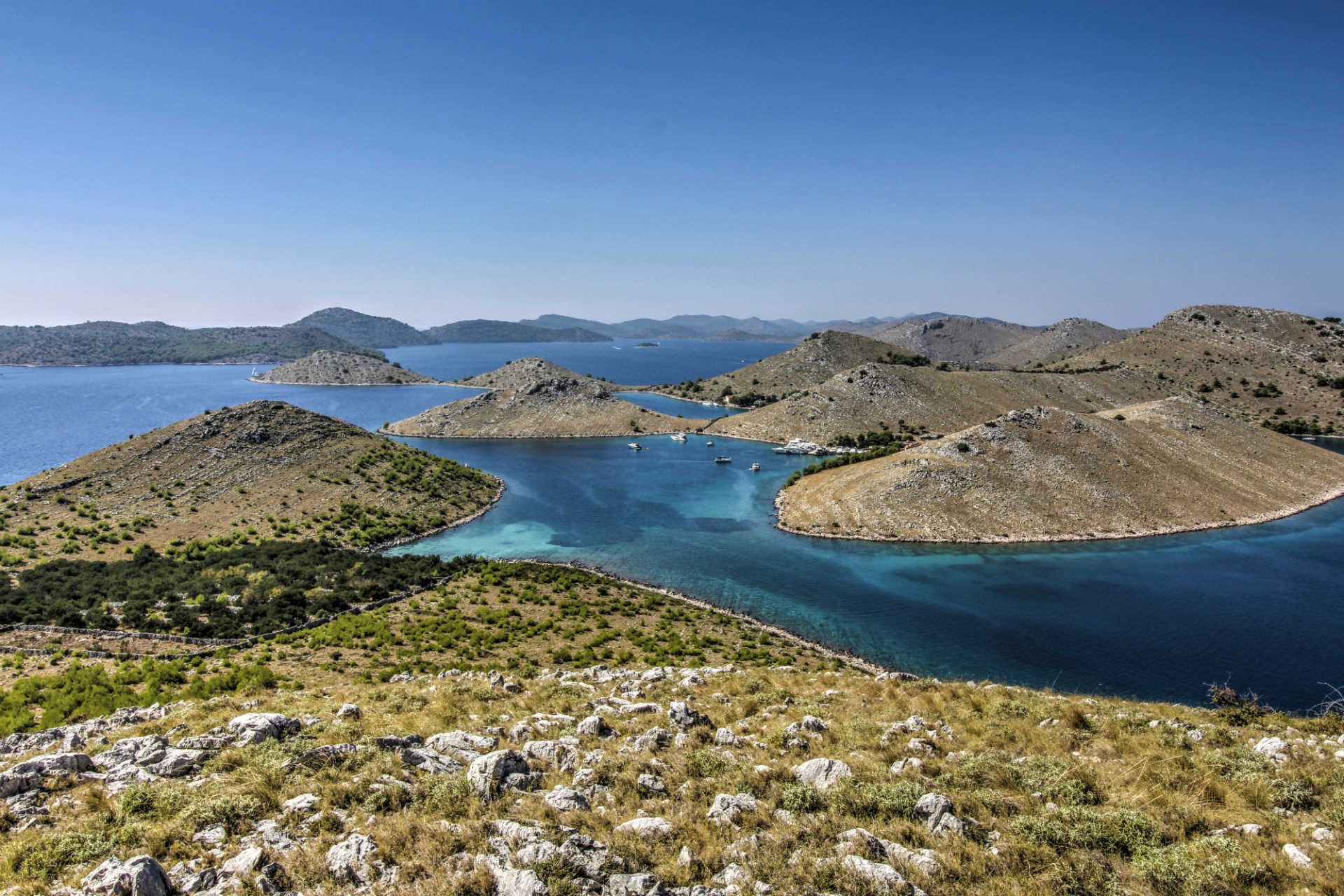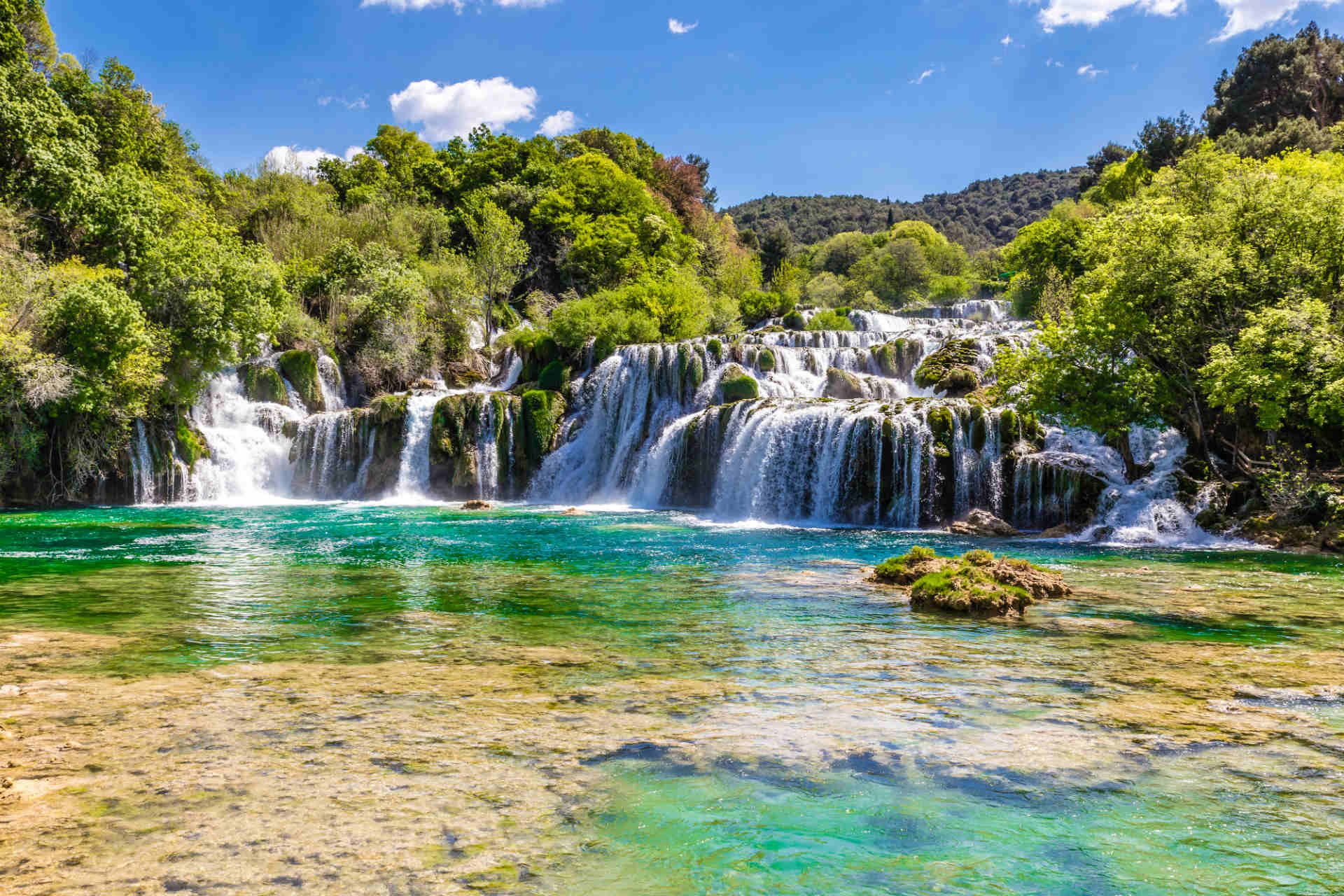19. Hunt for truffles in Istria’s forests
Istria isn’t just about sun and sea. This northwestern peninsula has long been a hit with beachgoers, but inland, the region tells a different story, one of hilltop towns, stone villages, and dense oak forests that hide something special: truffles.
For nearly a century, Istria’s forests have produced prized black and white truffles, making it one of the region’s top culinary destinations. These so-called “black diamonds of Istria” are more than just a delicacy; they’re part of local identity. Autumn is peak truffle season, and the festivities kick off in September with food fairs, truffle hunts, and tasting menus across the region.
One of the best things to do in Croatia for food lovers is to head to Buzet, Istria’s self-declared truffle capital. Each September, Buzet Saturday draws a crowd with live music, local wines, and the world’s largest truffle omelette, cracked and cooked in the town square and shared among a hungry, happy crowd.
You can also join a truffle-hunting tour with local guides and dogs. It’s a muddy, aromatic, and surprisingly fun way to experience Istria’s forested heartland.
How to get to Istria
Pula is the region’s main gateway, with an international airport and road links across the peninsula. Buzet is best reached by car from Pula, Rovinj, or Rijeka. Public transport is limited in rural areas, so driving gives you more freedom to explore.
When to visit Istria
Truffle season runs from September to early winter, with white truffles at their best in October and November. Spring and summer offer milder black truffles, along with warm weather and fewer events.



























